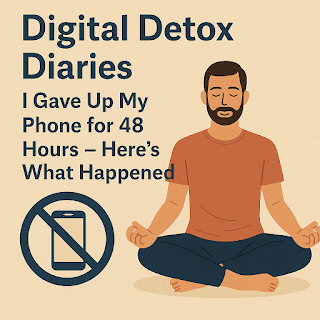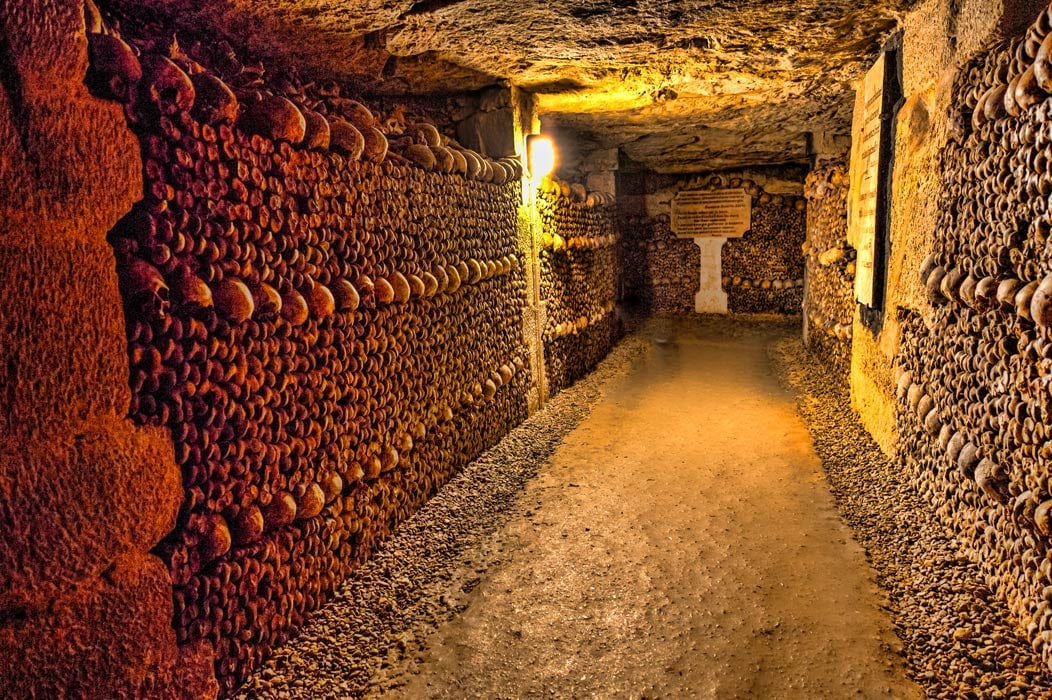📵 Digital Detox Diaries: I Gave Up My Phone for 48 Hours — Here’s What Happened
Can you survive without your phone for two full days? I tried it — no screen, no scrolling, just life unplugged. What I learned will surprise you.
📱 Day 1: The Jitters Hit Fast
The first thing I noticed when I woke up? I instinctively reached for my phone. No alarms. No morning Instagram scroll. I felt oddly disoriented, like a part of me was missing.
By noon, I caught myself reaching into my pocket at least a dozen times — phantom vibrations and all. I was fidgety, anxious, and constantly wondering what I was missing online.
Realization: I wasn’t in control of my attention. My phone was.
🌳 Day 2: Silence Became Clarity
By the second day, something shifted.
I started hearing things I hadn’t in a long time — birds outside my window, my own breath, the hum of real life. I journaled, took a walk, had actual eye contact during conversations, and cooked dinner without a podcast playing in the background.
My thoughts were no longer buried under noise. I was finally listening to myself.
🤯 What Surprised Me the Most
-
I had more time than I thought.
Hours of scrolling disappeared. Instead, I read, cleaned, and even finished a sketch I started six months ago. -
My sleep improved.
No doom-scrolling = deeper, more restful sleep. No blue light. No late-night anxiety spirals. -
Conversations felt real again.
Without distractions, I actually listened. And people noticed.
SEO Keywords: digital detox results, sleep without phone, how digital detox helps relationships
💡 Would I Do It Again?
Absolutely.
This wasn’t about hating technology — it was about reclaiming my attention. We spend so much time connected to everything… except ourselves.
Even just 48 hours offline was enough to remind me: the best parts of life don’t happen on a screen.
🔁 Your Turn
Curious what you'd discover if you unplugged? Try a weekend without your phone — and let the silence surprise you.
📌 Call to Action:
Have you ever done a digital detox? Share your experience in the comments — and if you haven’t yet, would you try it for 24 or 48 hours? Let’s talk about what living unplugged really feels like.





